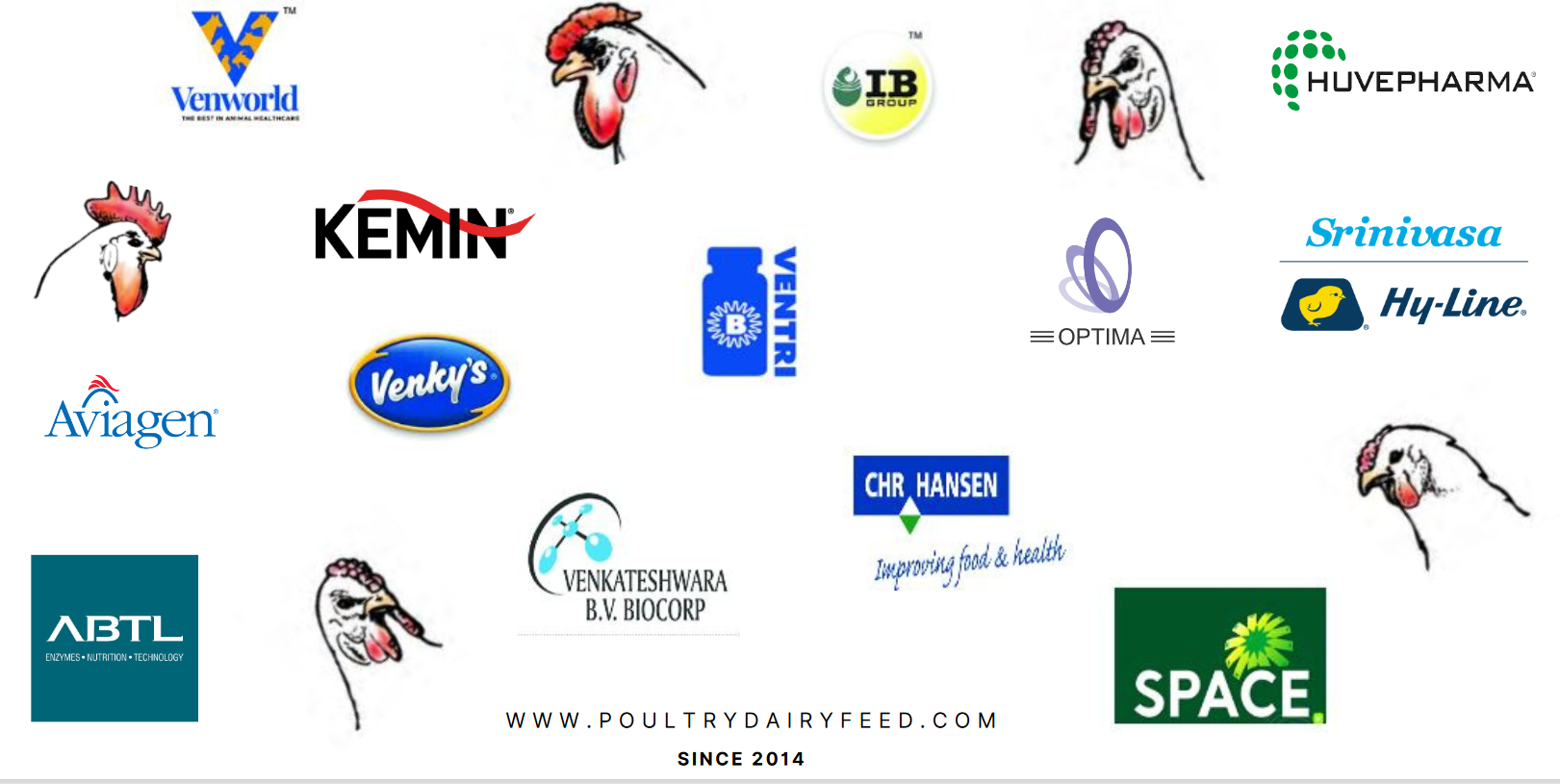The Food and Agriculture Organization of the United Nations (FAO) published a report on Animal Nutrition strategies and options to reduce the use of antimicrobials in animal production. A 55 pages report concludes Swine, Poultry, and Ruminant Animals in the studies. The concluding report covers various issues; i.e. 1. General principles of gastrointestinal digestion and defense, 2. Dietary toolbox to support gastrointestinal defense, Dietary strategies and options for swine, 3. Dietary strategies and options for poultry, 4. Dietary strategies and options for ruminants, 5. Health claims of dietary interventions and Dietary best practices in programs to reduce antibiotic use.
The FAO report says that nutrition is one of the pillars of gastrointestinal health and contributes to minimizing antimicrobial use in farm animals. Various dietary strategies and options for swine, poultry, and ruminants that can be used as building blocks or tools to achieve targets in animal health, production efficiency, and reductions in antibiotic use have been discussed. These young animals are at the highest risk of needing antibiotics for prophylactic or therapeutic reasons. The main objective of nutritional intervention strategies is to support or strengthen host defense. The animal already possesses an ingenious system for combating pathogens whilst allowing efficient digestion and absorption of nutrients.
Gastrointestinal motility, digestive secretions, the microbiome, the mucosal barrier, and the immune system all play important roles in host defense, and all can be effectively supported through nutrition. Dietary measures adopted alongside biosecurity, genetics, animal health care, animal welfare, and farm management are the keys to success in improving animal health and welfare. On various farms and regions, it has been demonstrated that antibiotic use can be significantly reduced and limited to only what is essential for treating sick animals.
AMR monitoring authorities have also noted that a significant reduction in the use of certain antibiotics on farm animals has reversed the trend of rising resistance to these antibiotics.
This is promising given the fact that our ultimate objective is to safeguard the efficacy of antibiotics not only in humans but also in animals. To encourage the rapid adoption of best practices, and in recognition of the importance of nutrition in animal health and welfare, regulatory authorities may have to revise their current legislation on the health claims of feed and feed ingredients.
Nutrition can produce significant prophylactic effects, reduce the risk of gastrointestinal diseases and facilitate recovery. This knowledge, which can be used to establish best practices in nutrition, has emerged from strategies to reduce antimicrobial resistance, and now needs to be shared, used, and tailored to the conditions on individual farms and countries. In light of new technologies in animal health care, animal health monitoring devices, and precision livestock farming, it is likely that we will be able to have a more rapid and effective impact in the future.





